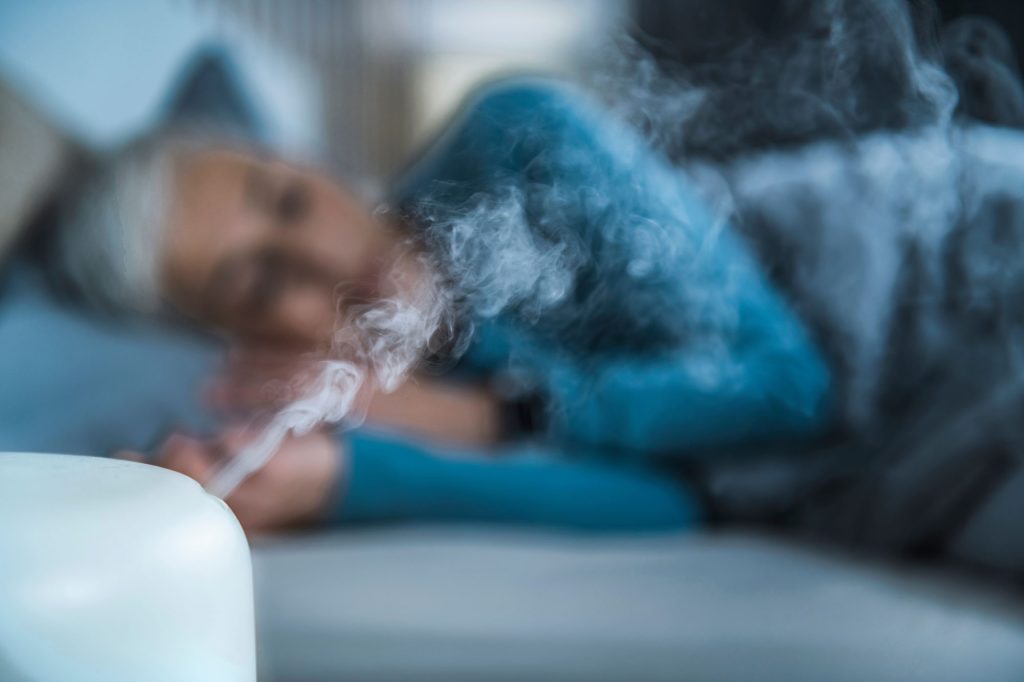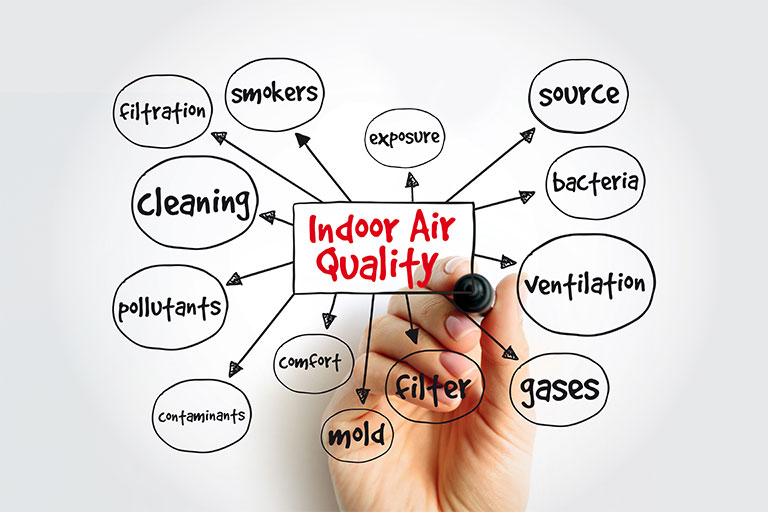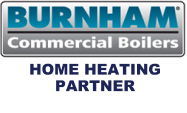Indoor air quality has become increasingly important to health and wellbeing, with HVAC systems playing a crucial role in controlling allergens within our homes and workplaces. For the millions of Americans who suffer from allergies, asthma, and other respiratory conditions, understanding how these systems can be optimized for allergen control is essential knowledge.
Understanding Indoor Allergens
Before discussing how HVAC systems help control allergens, it’s important to understand what we’re dealing with. Common indoor allergens include dust mites and their waste products, pet dander, pollen that enters from outdoors, mold spores, and volatile organic compounds (VOCs). These microscopic particles circulate through our indoor air, often invisible to the naked eye but potentially triggering significant health responses in sensitive individuals.
How HVAC Systems Impact Allergen Control
Modern HVAC systems offer multiple ways to reduce allergen levels in indoor environments through filtration, ventilation, humidity control, and advanced purification technologies.
Filtration: The First Line of Defense
The most obvious way HVAC systems combat allergens is through filtration. Air filters trap particles as air circulates through the system. The effectiveness of filtration depends largely on the MERV (Minimum Efficiency Reporting Value) rating of the filter. Basic filters with lower MERV ratings capture only the largest particles, while medium-efficiency filters trap mold spores, dust mite debris, and pet dander. High-efficiency filters capture smaller particles including many allergens, and HEPA filters remove up to 99.97% of particles as small as 0.3 microns.
Upgrading to a higher MERV-rated filter can significantly reduce allergen levels, though it’s important to ensure your system can handle the increased air resistance that comes with denser filtration media.
Ventilation: Diluting Allergen Concentration
Proper ventilation helps reduce allergen concentration by introducing fresh outdoor air. This dilutes the concentration of indoor allergens and removes stale air containing accumulated particles. Modern HVAC systems often include energy recovery ventilators (ERVs), heat recovery ventilators (HRVs), and controlled mechanical ventilation. These technologies allow for increased fresh air intake without significant energy penalties, particularly important in tightly sealed modern buildings.
Humidity Control: Deterring Allergen Growth
Many allergens thrive in specific humidity conditions. Dust mites flourish in high humidity above 50%, while mold requires moisture to grow and release spores. A properly functioning HVAC system maintains indoor relative humidity between 30% and 40%, creating conditions less favorable for these allergens to reproduce.
Advanced Air Purification Technologies
Beyond standard filtration, many modern HVAC systems can incorporate advanced air purification technologies. These include UV germicidal irradiation systems that neutralize biological contaminants, photocatalytic oxidation that breaks down VOCs and biological particles, ionization systems that charge particles making them easier to capture, and activated carbon filters that adsorb odors and gaseous pollutants.
Optimizing Your HVAC System for Allergen Control
For those particularly concerned about allergens, regular maintenance is essential—change filters according to manufacturer recommendations and have the entire system professionally inspected and cleaned annually. Ensure your ductwork is properly sealed, as leaky ducts can draw in unfiltered air from attics, crawlspaces, and wall cavities, bypassing your filtration system.
Consider zoned systems that allow for targeted air treatment in areas where allergen control is most important. Modern thermostats and air quality monitors can automatically adjust system operation based on detected pollutant levels. For maximum protection, combine your HVAC system with standalone air purifiers in high-use rooms as part of a whole-home approach.
Your HVAC System is an Allergy Defense Partner
Your HVAC system is more than just a means of maintaining comfortable temperatures—it’s a powerful tool for creating healthier indoor environments. By understanding how these systems interact with indoor allergens and implementing appropriate maintenance and upgrades, you can significantly reduce allergen exposure and improve quality of life for allergy sufferers in your home or workplace.
If you’re ready to breathe easier, contact Shafer’s HVAC today to schedule a system inspection or upgrade consultation. Our team will help ensure your home’s air is as clean, comfortable, and allergen-free as possible.








